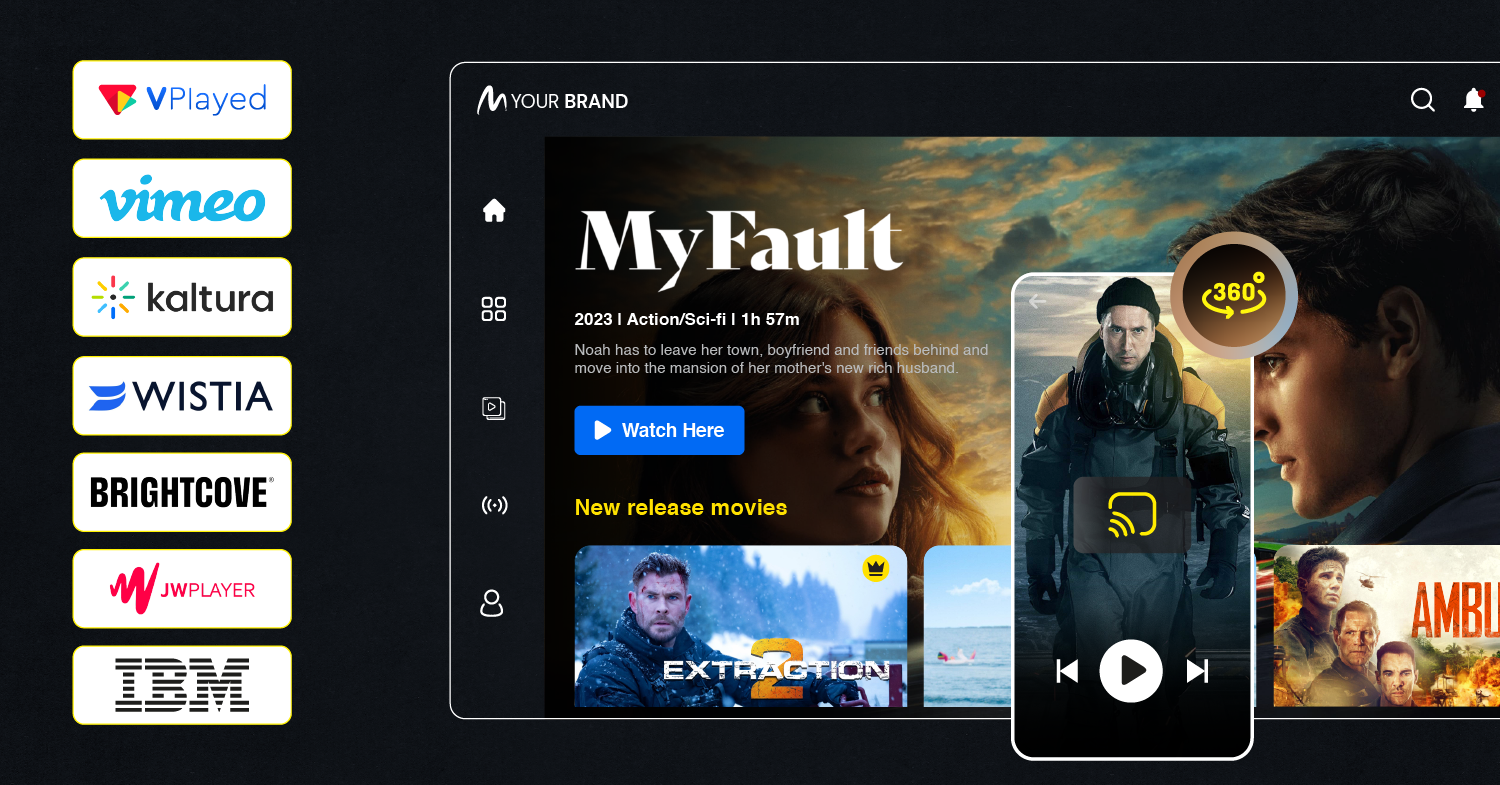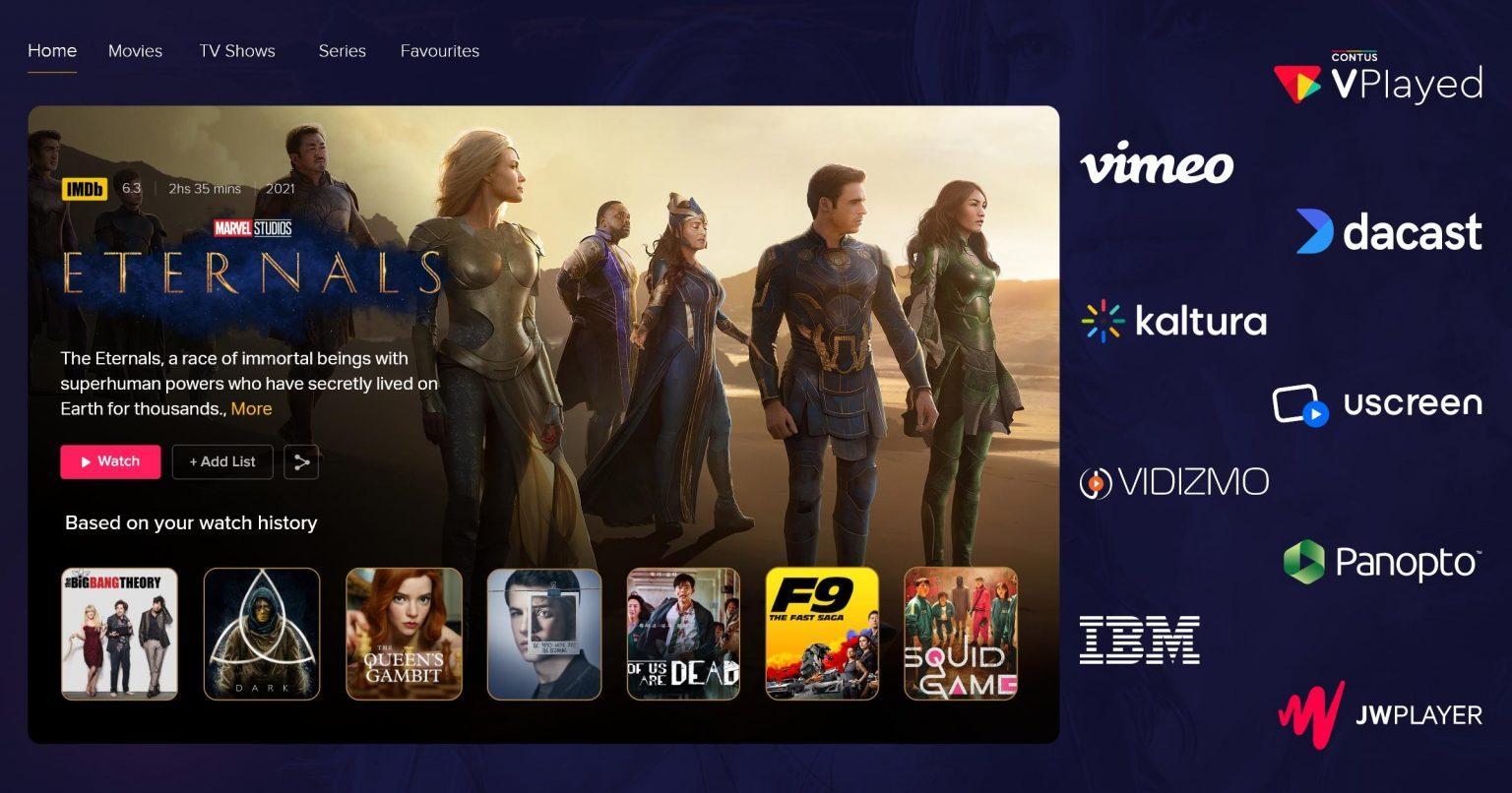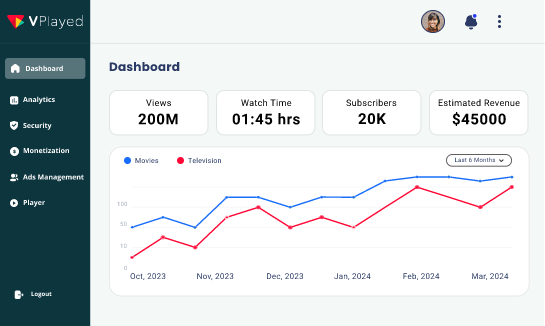How to Generate Revenue Through Video Sharing Website?

A video sharing website can unlock several potential revenue streams. Contus Vplay, a robust video on demand solution makes it a cake walk for those who want to launch a successful video sharing site with the like features of Netflix, Amazon video direct, Hulu, etc.
When you use the term video sharing, most people nod their heads like they understand what it is, but inside they are baffled. So let me explain in simple terms what a video sharing website is.
A video sharing website allows users to create their own video channels. These channels contain endless lists of videos, in most cases, pertaining to a specific genre like movie trailers, music videos, documentaries, educational videos and so on. A perfect example of a video sharing site is YouTube.
Table of Contents
How do Video Sharing Websites Earn Revenue
Video sharing websites are large repositories of high quality videos on all topics under the sun and also about the sun. They earn revenue primarily through advertising and How to turn them into a source for minting dollars?
Read on what is AVOD?
How your website can too? – Getting on board with a Personalised Channel
A personalized channel is like your own video blog. One can create their own videos, broadcast them to the public and become online celebrities. In fact, there is an entire community YouTube video bloggers.
They are professional vloggers who create videos, broadcast them on their personal channels. They earn money by uploading videos to their personal video channels in video sharing platforms. With their content-rich videos that educate, entertain and enlighten they manage to scour in millions of website visits and views for their videos.
A video sharing website like YouTube alternative capitalizes on this massive tide of traffic. They push video advertisements to this viewers using various VAST models like pre-roll, post-roll, mid-roll, etc. The video sharing site owner shares a portion of the revenue so earned with the vlogger to encourage them to create more crowd-pulling videos.
Hosting Videos that Users Love to Watch

For a video sharing website that is just getting into the industry, carving a niche for itself through exclusive collection of videos is a must. The website must come to know as a portal where videos of unique nature and content are available in abundance.
What kind of video content do viewers love to watch? What kind of video genres will flock in more visitors? Is it entertainment, education, business, technology or the rest of the world? The answer holds the key to the longevity of the video sharing site.
Video creation, storage, classification and broadcasting can be a nerve racking experience without proper systems and tools in place. For a video sharing website like YouTube, the need of tools to manage videos efficiently is heightened. Customers must be able to browse and find videos that satiate their desires easily and effortlessly.
To get that done, a video content management system provides three major utilities:
Video Content Management

The video sharing website owner has complete control over the storage, distribution and moderation of video content. From transcoding to delivery and even monitoring analytics becomes easy with video control management.
Video File Management

The video files in multiple formats and varying attributes need a digital vault for safe storage. A cloud based video file management system can negate security concerns while providing the benefit of universal access.
Video management workflow

Scanty bandwidth makes transmission of large volumes of data with high pixel density difficult and often difficult. The video management workflow of a video sharing portal cuts down the inessential video processing procedures and hastens video delivery without sacrificing the video quality.
Making Money from all this Traffic

The right strategy will amplify the revenue earning capacity of a video sharing website manifold. Sample some of these commonplace top video monetization platforms strategies that broadcasters, publishers, vloggers and other video content creators have adapted with great fondness. Sample some of these commonplace video monetization strategies/channels that broadcasters, publishers, vloggers and other video content creators have adapted with great fondness.
The Most Popular Video Content Monetization Strategies
There are umpteen video content monetization strategies that a business can adopt depending on its revenue model. Each channel has its own way of making customers pay to watch for their favorite videos. Based on the industry outlook, we can round up the most common resorted video content monetization strategies AVOD, SVOD & TVOD as below:

Subscription VOD (SVOD)
Documentaries of niche class, movie serials with continuous plots, educational videos split into chapters, etc. are delivered for a fixed fee.

Advertising VOD (AVOD)
Video sharing sites with captivating content can reel in visitors for free viewing. Timed advertisements can be pushed to such users for increasing brand awareness and engagement.

Transactional VOD (TVOD)
Serve premium quality content to specific customer groups. Stream targeted content that achieves maximum viewerships and helps achieve exposure for related marketing content.






Hi
Thanks for sharing your wonderful article with us. Nice post.
Thanks
Motorola
Hi
Thanks for sharing this nice post with us. Good explanation.
HI,, would consider this article one of the best on topic of sharing videos website